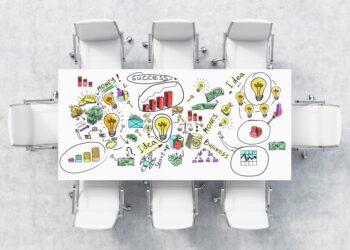“Those new agile frameworks will make all departments transformed…” and then, two years later, very little has actually changed.
Sounds familiar? Big change! High hopes! New CxO! And yet… nothing really sticks. The same is true of any business change – digital, structural, M&A, people – change doesn’t automatically work, and agile is no different.
Don’t get me wrong, agile frameworks really can help large organisations succeed at digital transformation and generate real business value.
However, they don’t, by themselves, overcome the fact that people and organisations are resistant to change.
Why are people resistant? What creates this resistance?
1. Enforced change
We all know of examples where change is forced upon an organisation. From a top-down perspective. Whole departments are seemingly transformed, job titles are changed, agile (or another way of working) is introduced wholesale, KPIs are rewritten… and then two years later, very little has actually changed.
2. Constant change
Constant, perpetual change grinds people down. They become cynical about change, immune to more change and don’t take the time to
3. “You change first”
Many departments try to change others, without changing themselves. This results in people saying: “I understand what you want me to do and I see the business benefits, but you change first… then I’ll go second.”
To cope with this resistance, how do you have an agile framework and create business value rapidly?
“A framework should help your teams meet a certain level of contract with the business”
Stephen Vance, Director of agile, zipcar
4. Recognise that most large organisations like frameworks
They act in a certain way and by their size are more conservative and slower than smaller, more nimble organisations. The framework may be needed simply because large organisations like frameworks, it’s in their DNA and you won’t get anywhere without one, but it’s not all that is needed by any means.
5. A framework is only a model
Until a framework is live, it is just a model. Until it represents a way of delivering value to a specific organisation, it’s static. When you know how well it works, or doesn’t, and where you will use it, and not use it, then it will start to live and work for the organisation.
6. Leave space in your framework for people
Stephen Vance, Director of Agile at Zipcar, says his approach is:
“A framework should help your teams meet a certain level of contract with the business. At a team level, I believe in people stuff…
Take the quiz to see how agile is your organisation!












